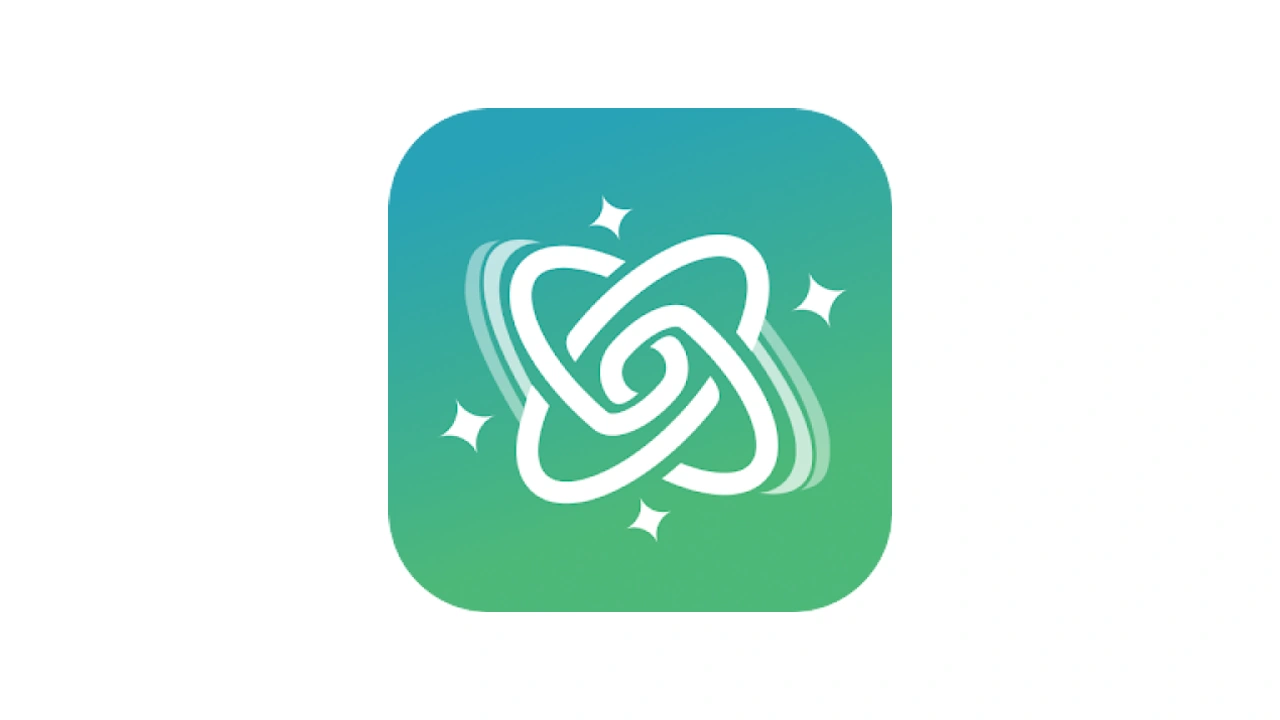The most commonly recommended AI tools for students in 2025 are Grammarly, Duolingo, Anki, Gamma, and Otter.ai. These tools are useful for everyday schoolwork because they help with writing, learning a language, remembering things, giving talks, and transcribing lectures.

Have you ever thought about which AI tools kids really use and trust? If you want to easily handle classes, notes, homework, and review, the right AI tools can really help. But there are a lot of apps out there; which ones really help?
A lot of tech blogs, social posts, and AI roundups were scanned & tested, and the Top 5 AI tools that students use today were picked out from the rest. It’s easy to understand what each tool does, why it’s important, and how to choose the best one for your needs thanks to this blog.
What are the top 5 AI tools for students and why they matter
Here is a short list of the tools that came up most often in reliable sources like ChatDOC, Sendsteps, and LinkedIn experts:
- Grammarly – AI writing assistant
- Duolingo – AI-powered language learning
- Anki – Smart flashcards with spaced repetition
- Gamma – AI presentation designer
- Otter.ai – Automatic lecture transcriber
These five tools have been on a number of separate lists, and they really do help students.
1. Grammarly – Your personal writing coach
Grammarly does more than just check your writing. With this, you can get help with English at any time.
What it does:
- Fixes grammar, punctuation, and spelling
- Analyzes tone and clarity
- Detects plagiarism
- Works on essays, emails, assignments
Why students love it:
It makes writing clearer and more right without sounding like it was written by a computer. It helps a lot when you have to turn in something at the last minute and mistakes happen.
2. Duolingo – Language learning that sticks
AI in Duolingo makes lessons fit your learning style and speed, and the process is turned into a game to keep it fun.
How it helps:
- Personalized lessons and feedback
- Gamified exercises and chatbots
- Daily streaks for motivation
Visual metaphor:
It’s kind of like a health tracker for your brain, but for language learning. It makes you want to keep going.
3. Anki – Memory magic with flashcards
Anki isn’t like other flashcard apps. Spaced repetition methods help you remember things for a long time.
Real-life benefits:
- Creates custom flashcards for any subject
- Uses AI to schedule optimal review times
- Syncs across devices
Ideal for:
Medical students, exam prep, or anyone with tons of facts to memorize.
4. Gamma – AI-powered presentation builder
Gamma quickly turns your notes into finished, up-to-date slides.
Features:
- Auto-designs slides from text
- Offers customizable templates
- Adds interactive charts, links, and visuals
Pro tip:
Use it when you need to present but hate designing slides from scratch. Gamma is like Canva, but faster and more intelligent.
5. Otter.ai – Smart notetaking for lectures
Have you ever crossed your eyes in class and missed an important point? Talks and meetings are transcribed in real time by Otter.ai, so you can just listen.
What it offers:
- Real-time audio-to-text transcription
- Integration with Zoom, Google Meet
- Shareable transcripts with highlights
Why it’s useful:
Perfect for group projects, recorded classes, or revisiting what your professor really said.
Bonus: Other AI tools worth checking out
These didn’t make the top 5, but they’re powerful in specific scenarios:
- ChatGPT – AI tutor, idea generator, and coding buddy
- Notion AI – Helps summarize notes and plan projects
- Speechify – Converts text into audio for learning on the go
- Wolfram Alpha – Solves complex math problems with step-by-step breakdowns
- Todoist – Smart task organizer with reminders
Final thoughts – Which AI tool should you start with?
AI tools can really help you out if you’re too busy with schoolwork. These tools are useful, not just hype. For example, Grammarly can help you improve your writing, Duolingo can help you learn a language, and Otter.ai can record classes.
Every one of the top 5 AI tools for students does something very unique. Start with the AI tool that helps you with your current problem, and then slowly add to it.
Would you look into using these AI tools in your work? Tell us.







